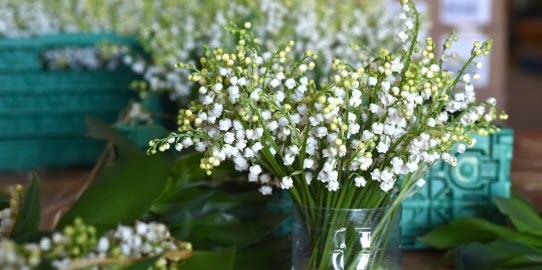What flower represents your May birthday? The answer just so happens to be one of the most recognizable and lovely flowers that bloom in spring: Lily of the Valley. This easy-to-maintain, resilient and adaptable flower can be a great addition to any bouquet, display or arrangement, and also looks great as a stand-alone feature in gardens or in the home. Let’s talk about some of the key elements of the birth flower for May, the Lily of the Valley, such as its history and how best to keep it in healthy bloom this spring.Looks like Baby Breath plaster, but its flowers look like small-bells.
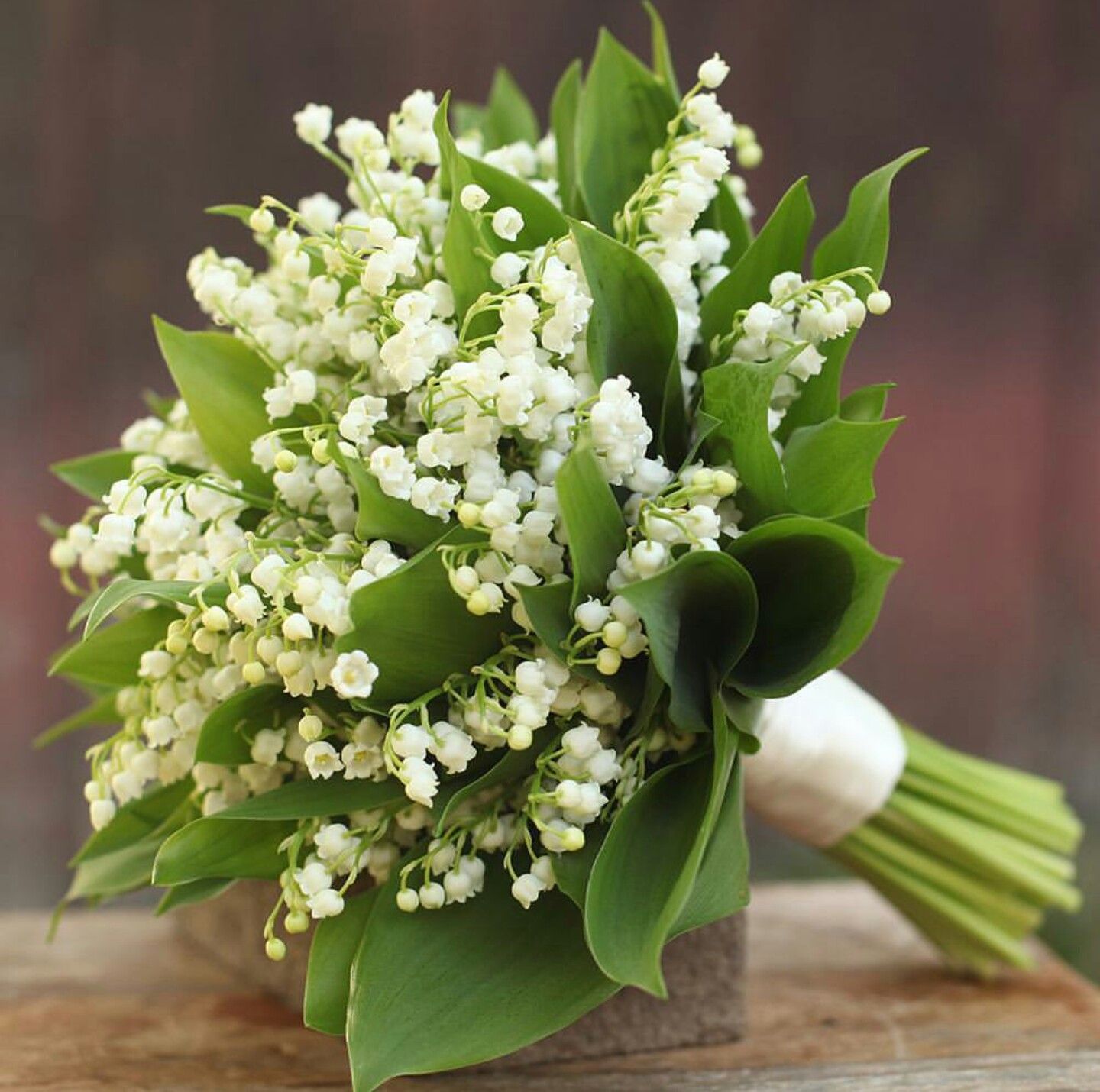

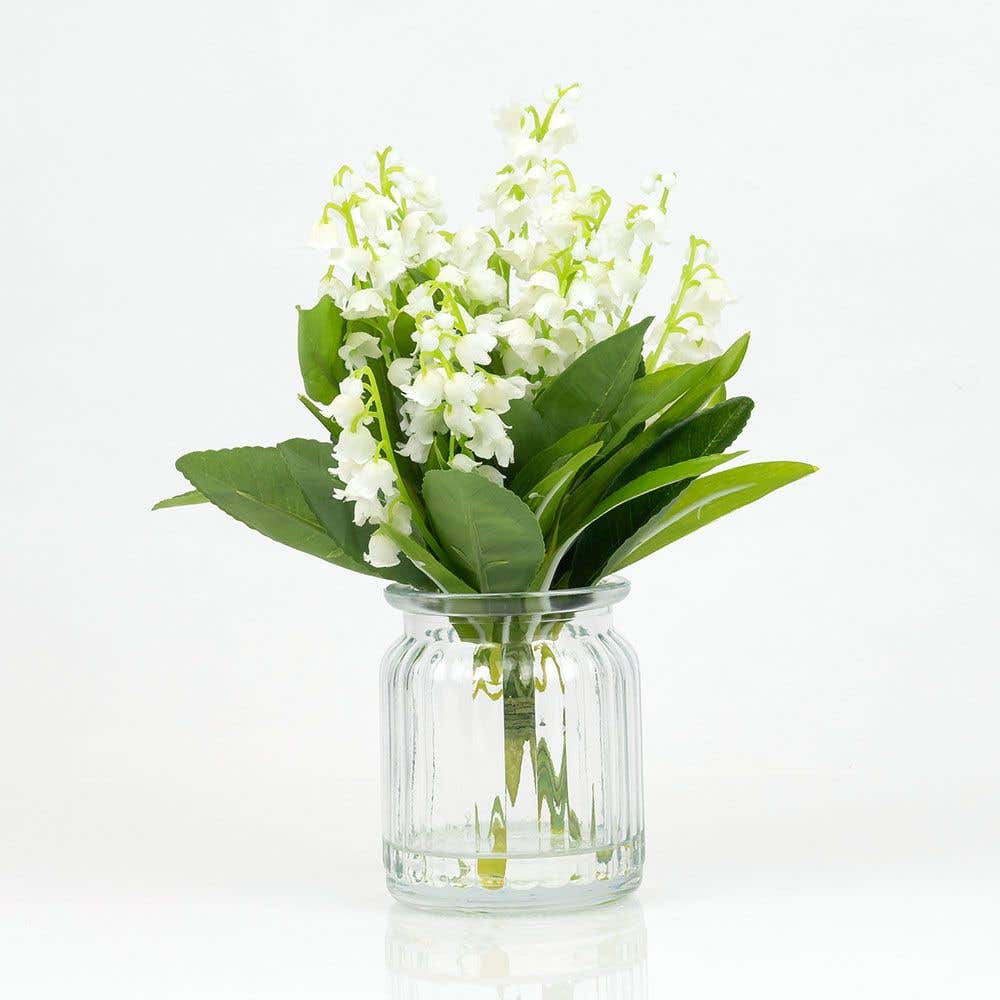
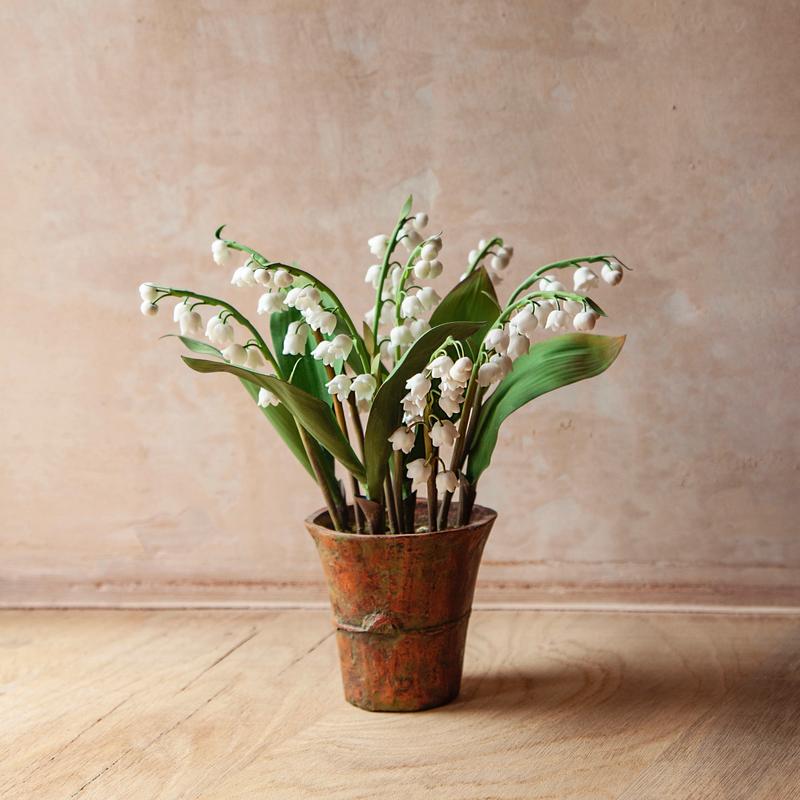
An Ancient Flower with Epic Beginnings
Lily of the Valley has been mentioned and highlighted in folklore, mythology, religion and more, and is easily identifiable by its small, draping white bulbs. They are featured in celebratory occasions around the world and is sometimes referred to as the “May Lily” given its most active time of blooming. The magazine also explains that the meanings given to the flower span from joy and a humble nature to good fortune and beyond.
Also known as Convallaria majalis, some might recognize Lily of the Valley from the Bible, though others will know this flower thanks to its wide use in the spring. This flower is used in countless wedding ceremonies, including those of royalty, and that it is a popular accompaniment to birthday and graduation floral arrangements. This flower is elegant, has a rich history and is versatile with respect to its aesthetic appeal and potential uses in displays and bouquets.
A Quick Warning About Lily of the Valley
While beautiful and popular, Lily of the Valley is an extremely poisonous plant, and should be treated carefully, especially when children or pets are around. The U.S. National Library of Medicine’s MedlinePlus warns that certain parts of the plant contain toxins such as convallarin, convallamarin, and convallatoxin, all of which can be fatal.
As for basic care, keep in mind that these flowers are relatively delicate and do not stand up well to extreme heat or too much direct sunlight. Keep this plant in moist soil and place it in an area that is partially shaded, whether inside the house or out in the garden. When in doubt, keep the flowers somewhere completely out of reach of children and pets, and potentially even in a covered cupboard or shelf if you will be traveling while they are in the house.
copyright Cosmoflora Mai 2021
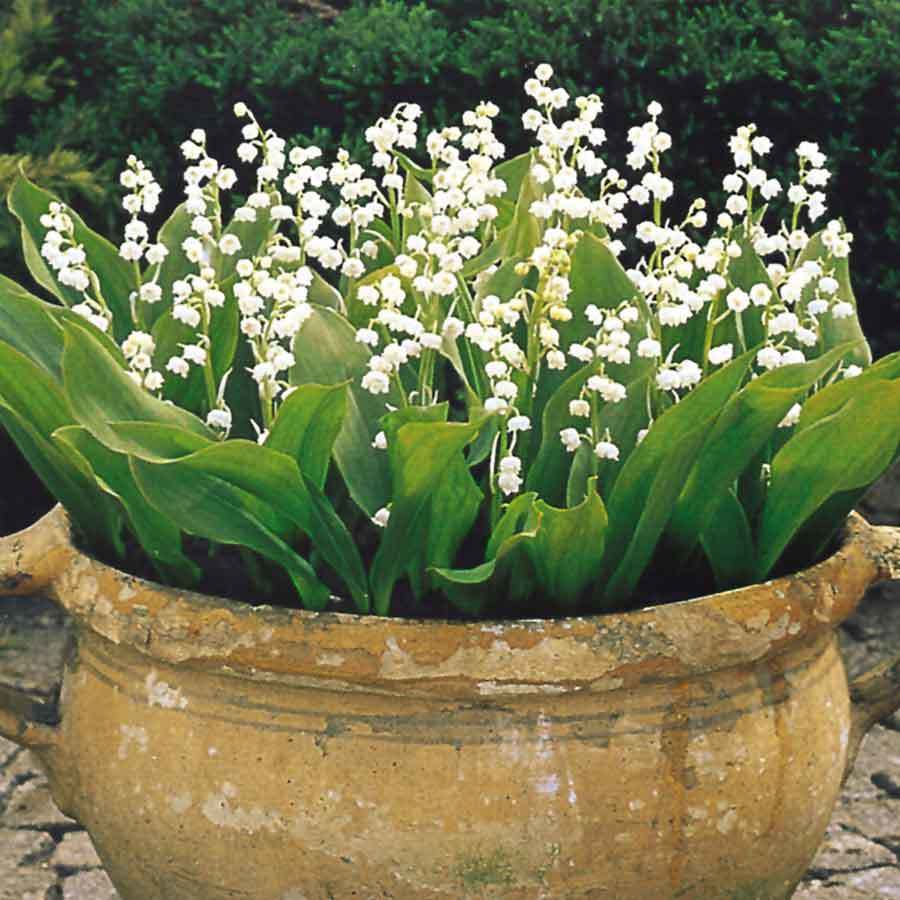
 English
English
